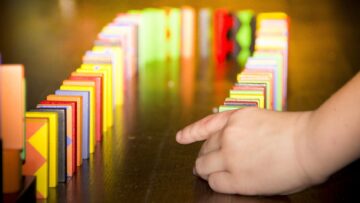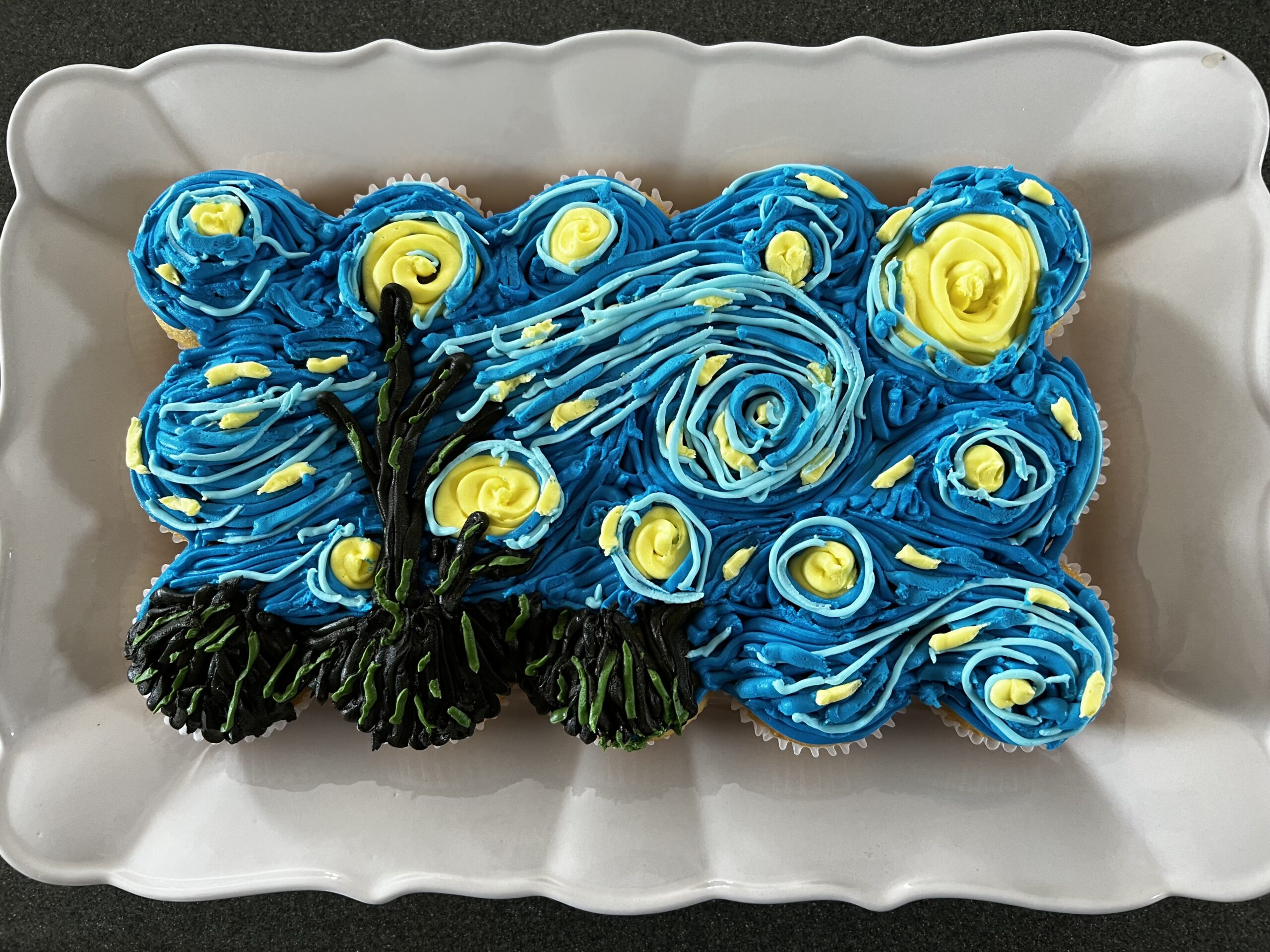- Doodle
- Synthesize
- Create
Kids who are highly able often get swallowed up in their general education classrooms. Teachers are tasked with reaching students who can barely read, students who don’t like to read, and students who only want to read, and they are expected to meet the needs of everyone on an individual basis. To say this task is impossible is an understatement. The range of students in one public school classroom is too vast for any human to adequately differentiate, and it is often the students with high abilities who get lost in the sauce. They are able, so they are achieving the minimum requirements of the classroom. Sadly, these students are often capable of so much more. When you feel like you have a student who is getting swallowed up by the mundane monotony of everyday lessons, consider giving them a few quick tasks to elevate their critical thinking.
- Let them draw. Drawing isn’t everyone’s favorite thing, but for some kids, it is everything. Let them draw what is in their brains. Let them connect themes between stories by creating illustrations. Give them the chance to create a multi-step word problem in a math class through only images. You could even let them doodle while they are reading their text and then ask them about why they chose those particular sketches. I have recently started “Doodle Journals” in my fourth grade group so students can illustrate events that pop into their mind while they are reading. This helps them keep track of events and gives them a creative way to remember what has happened. The best part is that it is quick and they love it.
- Synthesis is probably the hardest to administer on the fly. To have students synthesize the information they are learning, they need to apply it to new situations. You could ask them to write a quick paragraph (sentence…word jumble…anything, really) about how the content of the lesson would be similar or different if the characters were in Outer Space. In math, you could have the students create a word problem that relates to the topics of the lesson. In science, after an experiment is conducted in class, students could use a question they have about the experiment’s results to design a new experiment. There are a lot of great ideas to have students synthesize information, but it is not easy, nor is it fast.
- Accessing creativity is something that most highly able students can do, even if you have to trick them into doing it. Some kids will willingly produce any task you set before them. Some other students need to think it was their idea. Students can create all sorts of things – reports, poems, stories, word problems, science experiments, drawings, songs, video games, clothing…the list is endless. I have recently created a resource that can give students the chance to use their creativity with very low teacher-prep. These activities can be done as early finisher activities, or any time you need to give certain students an extra boost. They are engaging, but some students may need extra encouragement to give their best effort. Instead of sketching a scrappy quick picture, push them to take their time and draw something reminiscent of a final copy. If you aren’t happy with what they have produced, find specific areas they can improve and have them rework their thoughts. They won’t love it, but it mimics real-world problem solving and productivity. Snag a freebie of one of my activities, and check out the full resource on TPT.





